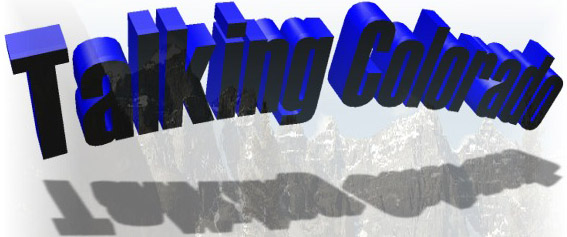Boulder, Colorado
Boulder, Colorado is the county seat and most populous city within Boulder County. As of 2008, the city;'s population was estimated at just under 95,00, making Boulder the eleventh most populous city in the state. Boulder is the home of the University of Colorado and is approximately 25 miles northwest of Colorado's capital city of Denver. Located at the base of the foothills of the Rocky Mountains, its elevation is 5,430 ft.
In the early to mid 1800s, the area was inhabited by a number of nomadic Native American tribes, including a tribe of the Southern Arapaho, who spent their winters ion the site. Other nomadic tribes with history in the area include the Utes, Comanches, Cheyenne, and Sioux. The first recorded European settlers in the area were gold prospectors who arrived in 1858. At the time, what is now Boulder was split between the Nebraska and Kansas Territories, and today Baseline Road sits on the former boundary line.
Boulder's first schoolhouse was built in 1860, the year before the creation of the Colorado Territory. In 1871, Boulder (then still known as Boulder City) was incorporated. The railroad was extended to the city in 1873, and the Boulder Railroad Depot was opened in 1890 as a station for the Pacific Union Railroad. In 1876, the year that Colorado became the 38th state of the Union, the University of Colorado was opened.
Gold, silver, and coal mining were the chief industries in Boulder until the 1940s, when the city's leaders began to recruit clean industry. The National Bureau of Standards (now known as the National Institute of Standards and Technology) opened a facility in Boulder in the 40s and, in 1949, the world's first atomic clock was built there. Steetcars operated in Boulder from the late 1800s through 1931, and today a lobbying group is still fighting to restore streetcar service to the city. Boulder was at the forefront of the Colorado prohibition movement, and, in 1907, adopted an ordinance banning the operation of saloons. Colorado passed statewide prohibition in 1916 and it would last until 1933 when national prohibition was ended.
The area around Boulder boasts more than 36,000 square feet of recreational open space, conservation easements, and nature preserves. The city is home to a number of world class hiking trails, the most popular of which lie in Chautauqua Park. South Boulder Peak, Bear Peak, and Green Montain are the three highest peaks in the area. There are numerous mountain biking areas and rock climbing destinations for all skill levels, including the world-class rock climbing site in nearby El Dorado Canyon, six miles south of the city.
Just to the west of Boulder are a series of imposing stone slabs composed of sedimentary stone tilted up on the foothills. These formations are known as the Flatirons, and are a commonly recognized symbol of the city. The city's primary waterway is Boulder Creek, which was named before the city was founded for the large granite stones that have fallen into the creek over the eons. It is commonly believed that Boulder was named after this creek. Boulder Creek is a tributary of the South Platte River and its water flow is derived primarily from snow melt and minor springs to the city's west.

